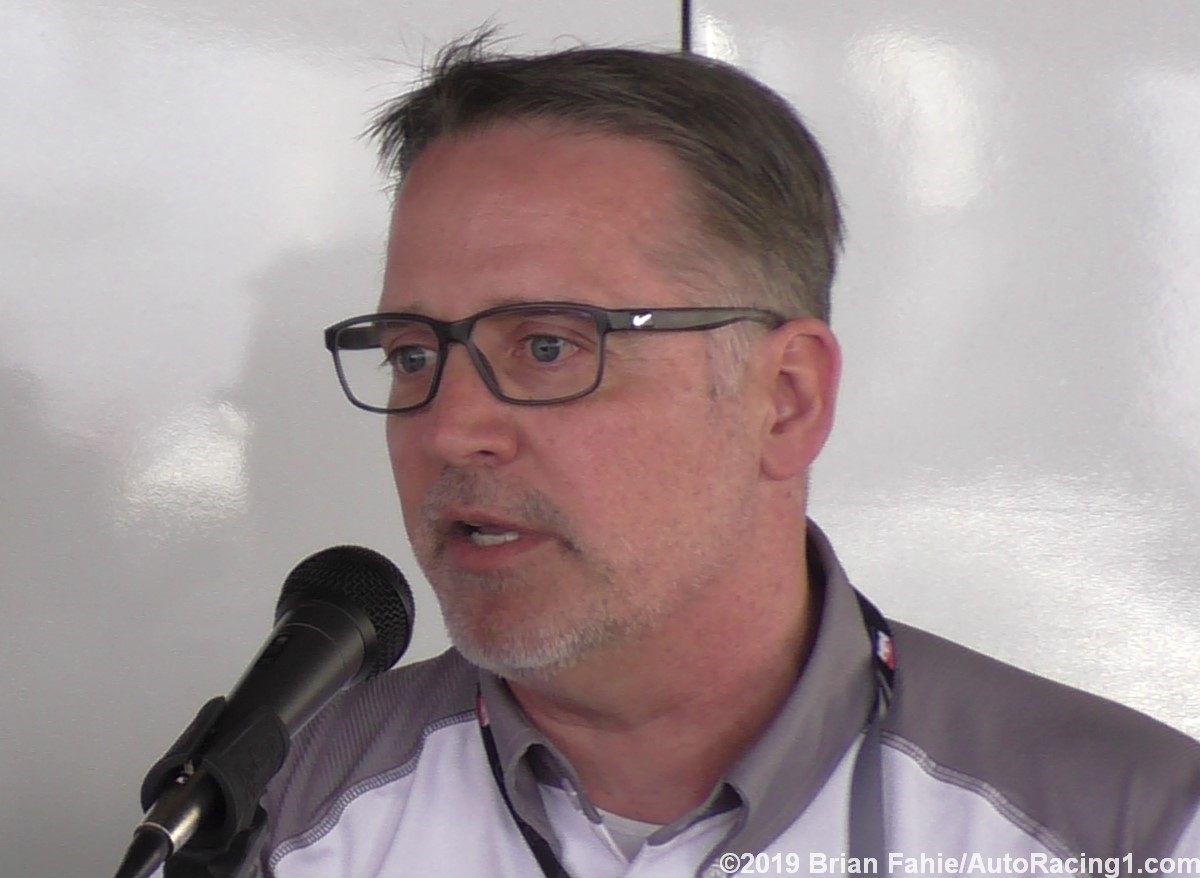Honda HPD head pans IndyCar delay tactics
 |
| You can almost see the steam coming out of Ted Klaus' ears |
The NTT IndyCar Series’ is good for delaying new car or new engine rollouts. The current car will be at least 10-years old before it is replaced – nearly qualifying it as 'historic.'
Now IndyCar is dragging their feet on introducing the new hybrid engine in 2022 that was announced in 2018 and Honda HPD is not very pleased at all.
A possible phased rollout of the new hybrid power unit regulations in 2022 would be a ‘waste of time and money’ according to Honda Performance Development President Ted Klaus.
“I think it’s important for our fans to know that we’ve already spent a lot of time and energy towards development of a new engine," Klaus told RACER.
“We went ahead, we have a running prototype, and we can’t wait to get that mated together with the hybrid, then test the whole power unit so that we can go racing with it as soon as possible.
“I’m saying we reject the idea that just the engine alone would run one year, and not introducing the hybrid until a year or two later would risk having to redo certain major parts of the engine. Introducing the engine and hybrid system in separate steps isn’t a logical technical plan.
“If your intention is to have a hybrid-plus-engine powertrain, that means it’s now a Power Unit. You have to design and develop them together, with the awareness of how all the components fit and work together.
“To translate this into language that our teams can understand, in our view, developing the engine and hybrid separately would be a waste of time and energy; a waste of money. Ultimately someone would have to pay for that.
 |
| If IndyCar keeps their current car and engine much longer they can slap Historic plates on it |
“I think the days of the engine manufacturers absorbing more than our share of those costs are over, especially given COVID.
“We’re trying not to be a victim of COVID, but the effects of COVID further intensifies how we need to use our time and our money, in order to bring IndyCar into a stable, ongoing, innovative future."
“Our current engine, the one that’s competing in 2020, is in its ninth season," he added.
“It is at the end of its design life. That engine was designed for a certain performance potential, and we’ve long since achieved that potential; there really is no development left in the design.
“When a design life is exceeded, what that means to us is many components of the engine are being highly stressed and are running right at the limit.
“This in turn means that we spend a lot of time, energy and money, quite frankly, supporting the engine in ways that we shouldn’t have to support it. That’s why we’re anxious to get on with the new engine."
